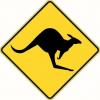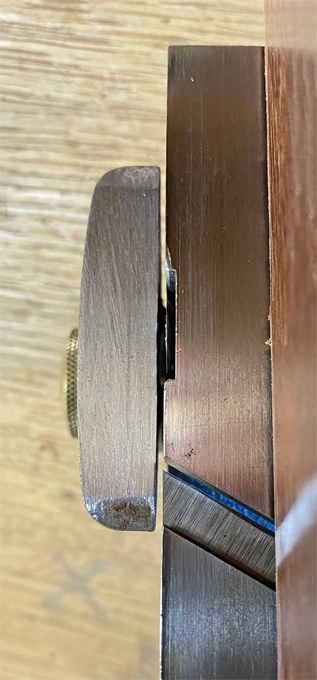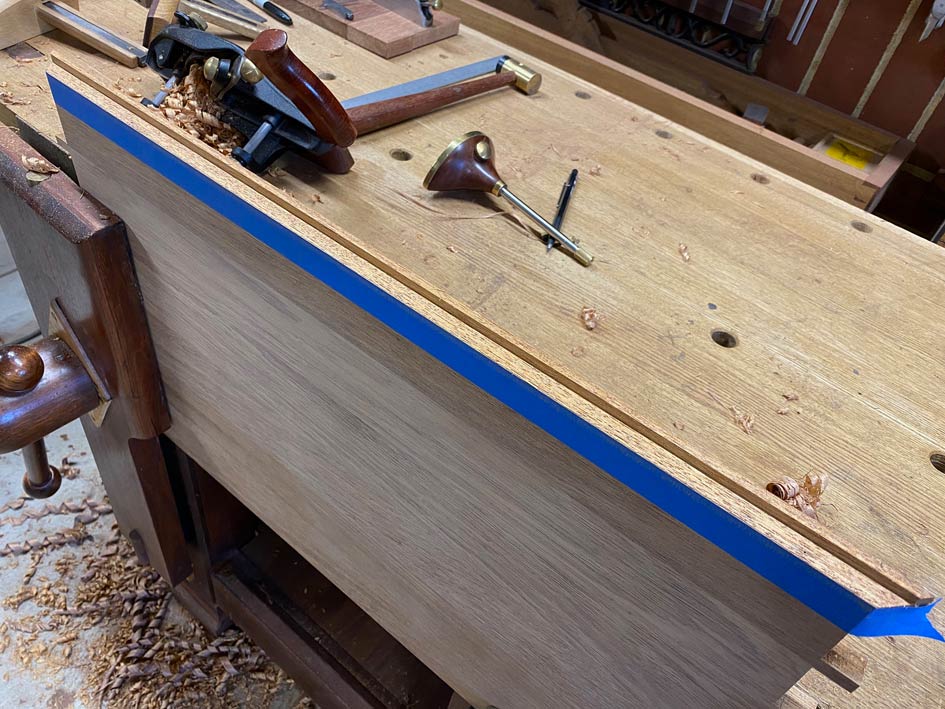I was cutting some rabbet (or rather trying to cut some rabbets) for the first time using my new skew rabbet plane and it was just brutally difficult. The blade was sharp and I thought it must be my terrible technique. The wood was sapele and I finally gave up and cut them on the table saw with a dado blade. Today, I needed to rabbet some walnut and thought I'd give it another try. The experience was night and day! I had my 1/4" taken off in 15 pleasurable minutes.
Lesson learned (again): some woods are just difficult and given my hybrid working style I shouldn't feel bad reaching for the table saw or mechanical router if it makes the job easier. On the other hand, some woods are a joy to use hand tools on.
The real lesson, I guess, is to use more walnut and less sapele.
P.S. anyone have great tips for trying to err n the neanderthal side while using silicon heavy tropical hardwoods?
20220327_182828.jpg
20220327_182820.jpg




 Reply With Quote
Reply With Quote













